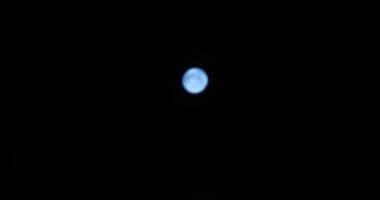The planet Neptune arrives today, Friday, September 11, 2020, to the meeting point where it is at an angle of 180 degrees relative to the sun in the sky of the Earth and at the closest point to our planet, and the Astronomical Society in Jeddah revealed in a report, that it must be clarified that the occurrence of Neptune at the nearest point is according to astronomical standards, but it does not mean Actually, he is “close”. Neptune is the eighth planet in terms of distance from the sun, 29 times the distance separating the earth from the sun, and in this encounter Neptune will be at a distance of 4.3 billion kilometers from our planet.
And a phenomenon that corresponds to Neptune that occurs every time it crosses the earth between the sun and Neptune, and in the encounter, the blue planet is completely sunlit in its face compared to any other time during the year and it is in the dome of the sky all night and it is the best time to see and photograph Neptune, as it shines with sunset and reaches the highest point In the sky at midnight and it sets as the sun rises the next day.
It is usually known that when a planet such as (Mars, Jupiter, Saturn, Uranus) is in correspondence with the Sun, it is at its highest brightness and brightness, but this does not apply to Neptune.
Even with Neptune falling in the encounter, because of the very wide distance that separates us from it, it remains very faint, as it is the only planet in our solar system that can not be seen with the naked eye at all, so Neptune faded five times from any faint star seen in the dark sky.
But Neptune can be seen through binoculars as a faint point of light, and from telescopes not less than 200 times its magnification and suitable weather conditions, the planet can be seen as a small blue disk.
The planet Neptune was discovered recently, so its first observation was on September 23, 1846, which is the fourth largest planet in our solar system and the first planet discovered through mathematical predictions, and its largest moon called (Triton) was discovered 17 days after the discovery of the planet itself, which is the only large moon that orbits in The opposite direction of Neptune’s rotation around its axis, and for comparison it takes 4 hours of sunlight to reach Neptune, while it reaches Earth in just 8 minutes.
Neptune completes one revolution around the sun in 165 years, but it takes less than 16 hours to complete one revolution around its axis, and it was named after (the symbol of the seas) according to Roman mythology, and the reason for its blue color is the abundance of methane in its atmosphere.
It is worth noting that the planet Neptune was visited by the probe (Voyager 2) on August 25, 1989, and no man-made spacecraft has visited it again.
– .


